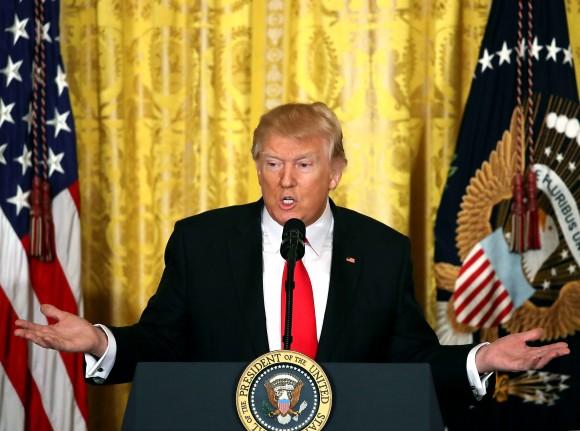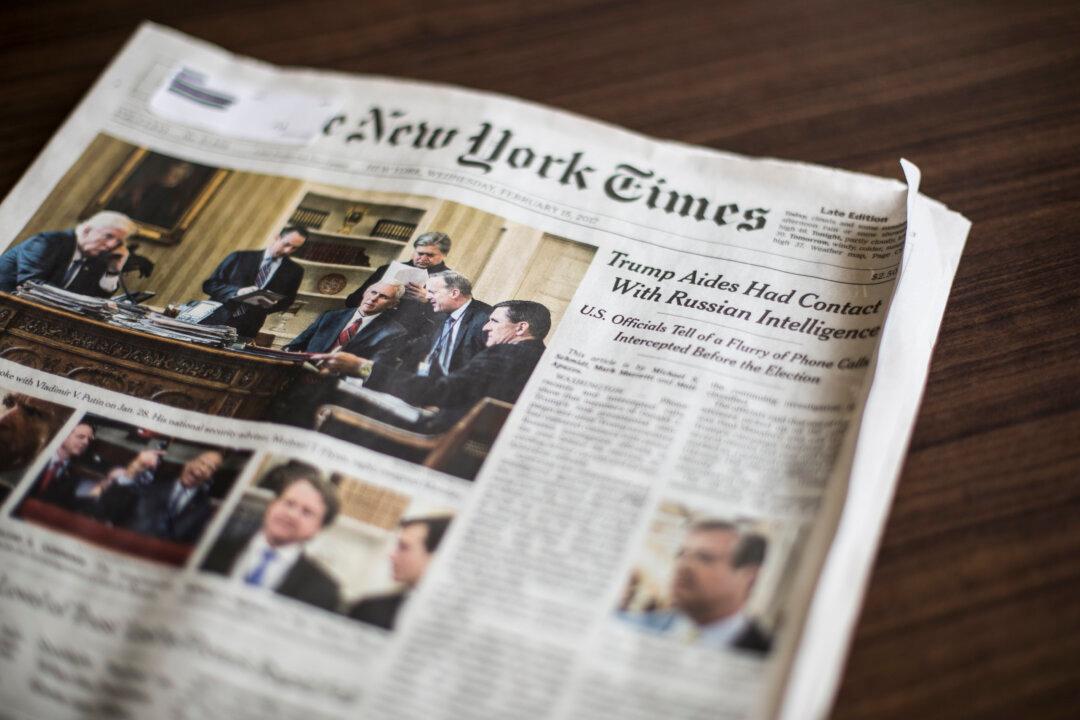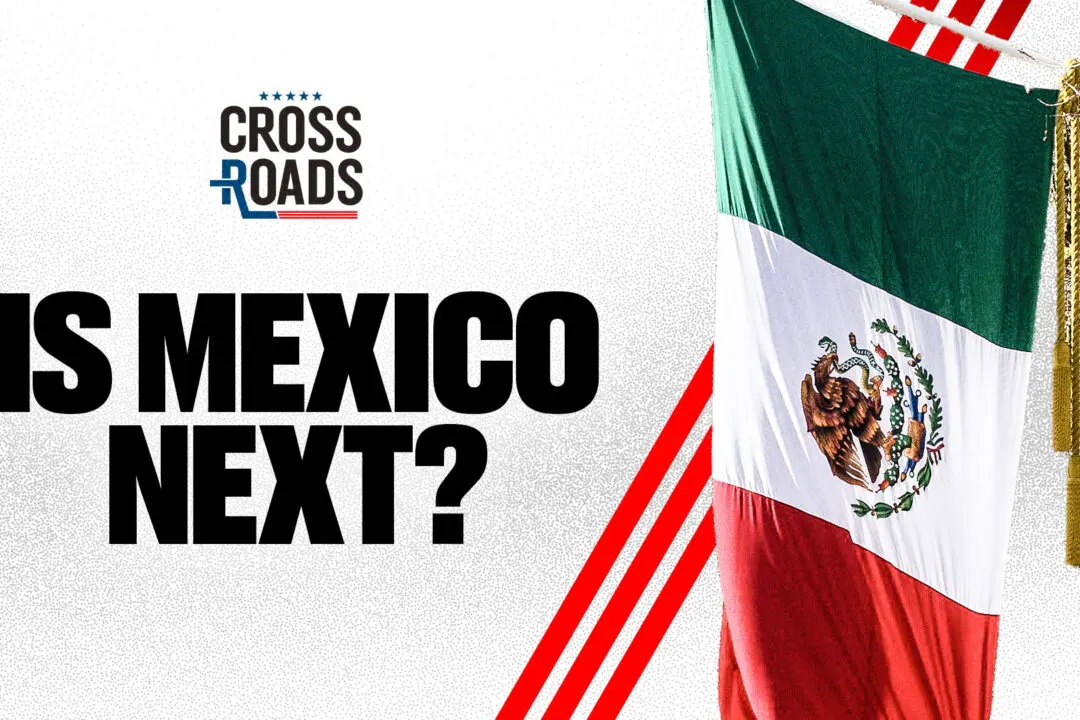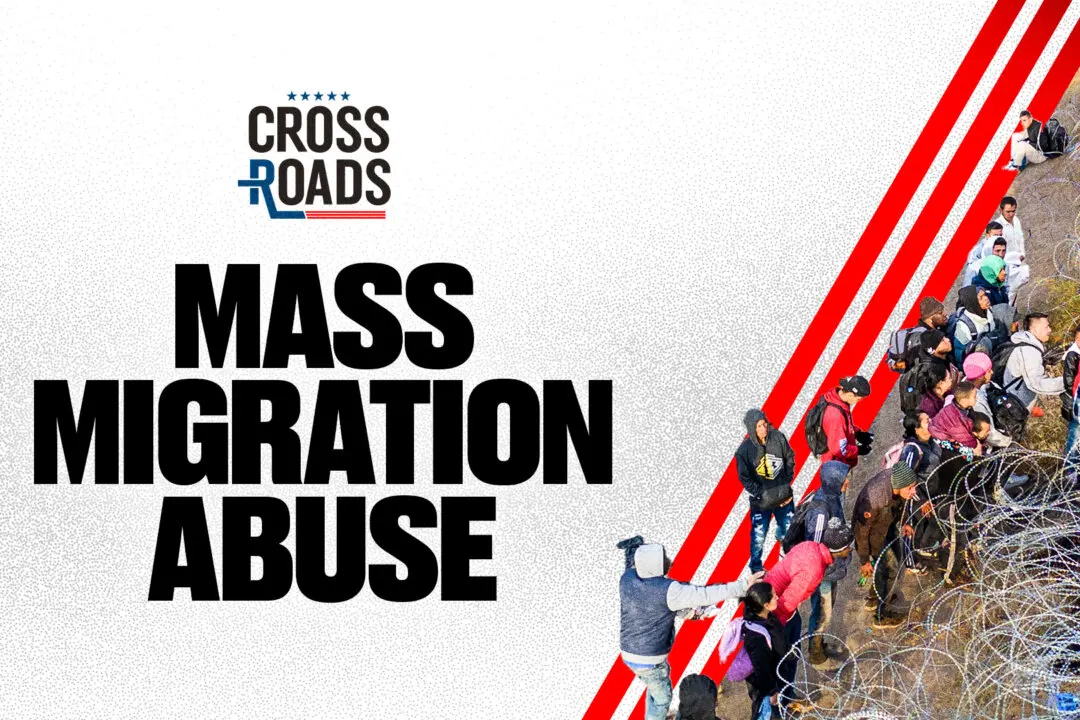In a front page story on Feb. 15, the New York Times cited four unnamed current and former U.S. officials to allege that associates of Donald Trump and members of his 2016 presidential campaign “had repeated contacts with senior Russian intelligence officials in the year before the election.”
The story acknowledged the information showed no signs that the Trump campaign was colluding with Russia, but attempted to paint a broader controversy based on the claims.
President Donald Trump denounced the article as “fake news” in a press conference on Feb. 16, noting that his only two discussions with Russia were two congratulatory calls from Putin once on his winning the election, and again on his inauguration.

President Donald Trump speaks during a news conference announcing Alexander Acosta as the new Labor Secretary nominee in the East Room at the White House in Washington on Feb. 16, 2017. Mark Wilson/Getty Images





